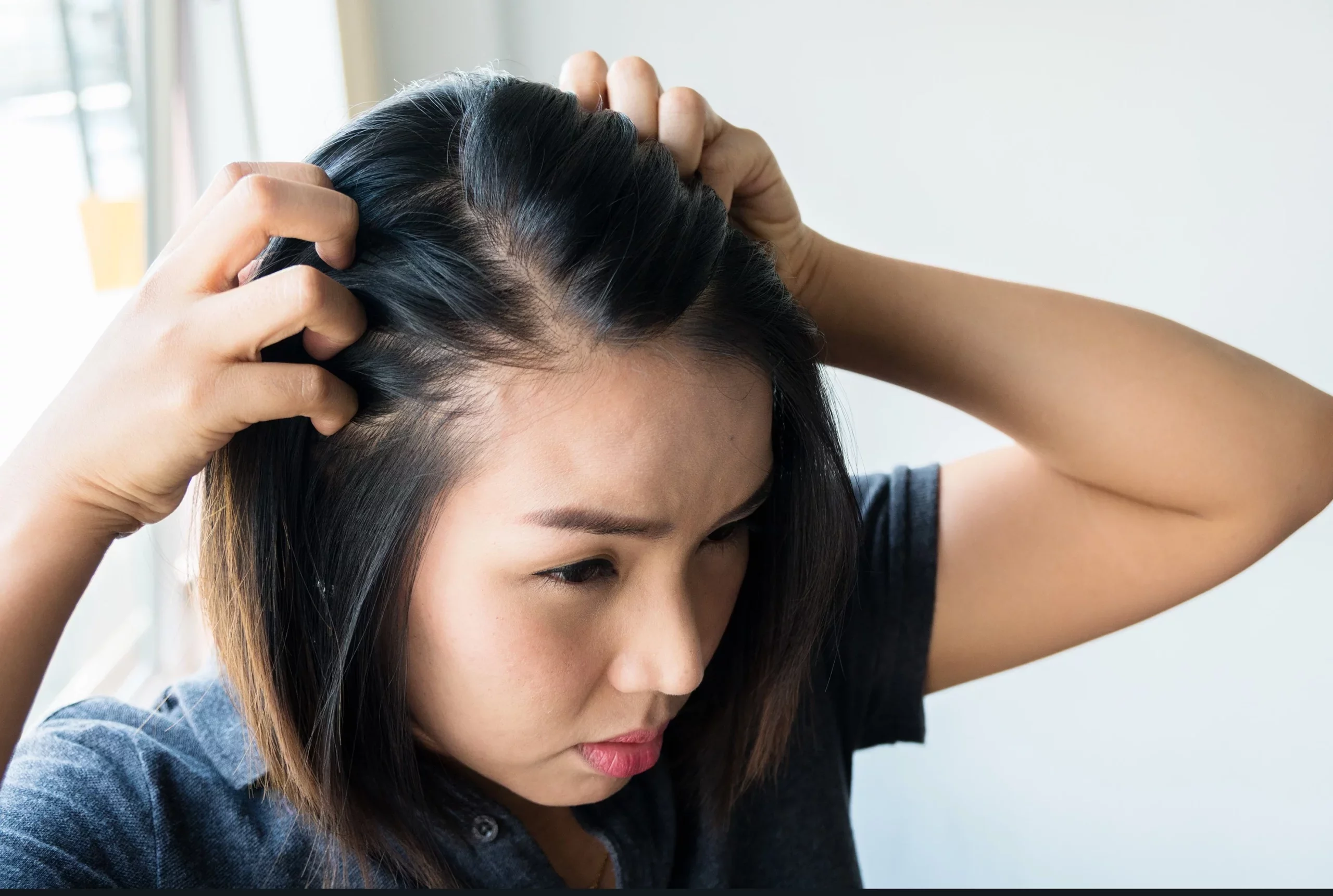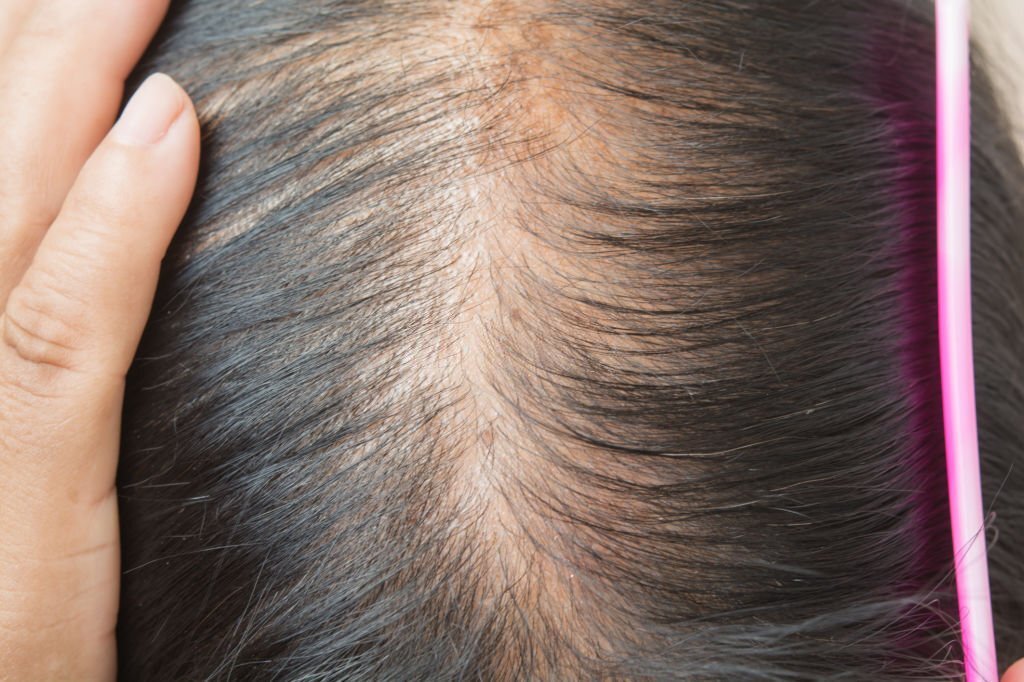Research
According to the American Academy of Dermatology (AAD), it’s common to lose 50 to 100 hairs per day. Any more than this could mean you’re shedding more than you should, which could contribute to overall thinning hair.
Unlike widespread hair loss, thinning hair doesn’t necessarily cause baldness. It does, however, give the appearance of sparser spots of hair on your head.
Thinning hair typically happens gradually, which means you have time to pinpoint the causes and figure out the best treatment measures.

What causes thinning hair?
Thinning hair may be caused by lifestyle habits, genetics, or both. Certain medical conditions may also lead to thinning hair.
Lifestyle habits may include:
- Over-treating your hair. This includes color treatments, perms, and relaxers.
- Using harsh hair products. This includes extreme-hold hair sprays and gels.
- Wearing tight hairstyles. Whether you’re wearing an up-do or pulling your hair up in a ponytail for working out, this can tug on your hair and break it from the follicles, causing thin spots over time.
- Not getting enough iron, folic acid, and other minerals in your diet. These all help follicles produce hair naturally.
- Experiencing chronic stress. Stress is related to an uptick in hormones like cortisol. Too many stress hormones may kill off new hairs that are trying to grow.
Thinning hair may also be hereditary or from underlying medical conditions. You might have thinning hair if you:
- recently had a baby
- recently stopped taking birth control pills
- are going through hormonal changes
- lost a significant amount of weight in a short amount of time
- are being treated for an autoimmune disease
- have immune system deficiencies
- have a skin disorder or infection
- have a vitamin D deficiency
Less commonly, thinning hair may be caused by:
- pulling at your own hair
- eating disorders
- a high fever

When to see a doctor for thinning hair?
Although it’s common to lose hair throughout the day, it’s a good idea to speak with your doctor if you’re losing more than 100 hairs per day.
You should also talk with your doctor if you’re worried about persistent hair loss or a receding hairline, or if you notice sudden patchy hair loss. Patches of hair loss could signify an underlying medical condition.
What causes hair to thin?
Any number of lifestyle factors, genetics, recent life events (such as extreme weight loss in a short period of time or giving birth), or medical conditions can cause your hair to thin.
Lifestyle factors could include using certain hair products, wearing your hair up too tightly, experiencing high stress levels, or not getting enough of certain vitamins and minerals in your diet.
People who have immune system deficiencies could also have thinning hair.
Can thinning hair grow back?
Thinning hair can grow back depending on what caused it to thin in the first place. Individuals who experience thinning hair due to nutrient deficiencies, stress, pregnancy, and other non-genetic reasons could experience regrowth.
If you’re experiencing new hair loss or hair thinning, it’s best to consult your doctor. Some medical conditions can be associated with thinning hair.
